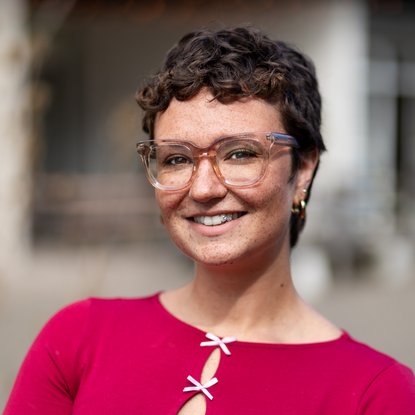This article was originally written and published by Wageningen University & Research (WUR).
Every year, heat-related deaths are high in Europe. Heat waves will become more frequent and last longer due to climate change and large cities are most vulnerable to high temperatures due to the number of buildings and hard surfaces. Green spaces in cities offer shade and evaporation, providing the residents with much-needed cooling.
Amsterdam residents with the lowest incomes live in parts of the city where they have less access to cooling through greenery, such as parks and trees, and are more vulnerable than higher-income residents to heat stress during heatwaves. This is the key finding of a study on the distribution of "green cooling" in 14 European cities. The results, published in Nature Cities scientific journal, show the unequal way that greenery—and the opportunity for cooling—is distributed among residents.
Amsterdam is a so-called "Living Lab" for urban heat research. WUR and AMS Institute jointly run a number of projects in this city, such as this research on 'Green Cooling'.
“'We have seen this inequality in all 14 large European cities that were part of the study. On top of that, low-income groups cannot afford external cooling either, such as air conditioning, and often live in small, overcrowded, poorly ventilated and poorly insulated homes.”
Gert-Jan Steeneveld
Associate professor & AMS PI
Tenants, immigrants and unemployed citizens often live in neglected city centers with little greenery. As a result, they are less likely to have nearby access to cooler parts of town. On the other hand, residents with higher incomes and home owners benefit from green cooling above average. They are more likely to live in neighbourhoods with detached houses and a lot of greenery. Because of this difference, there is an increasing risk on heat stress among vulnerable resident groups during heatwaves, which can even lead to fatalities.
Overview of the availability of cooling through greenery in 14 European cities. Blue means that there is a lot of cooling.
Amsterdam down on the rankings
Less than 20% of Amsterdam’s residents live in an area with plenty of access to green spaces, such as parks, backyards and tree lanes.
Steeneveld adds, "Areas with little green cooling correlate with high population density, low incomes and high unemployment rates. In contrast, a lot of green cooling is found in neighbourhoods where people enjoy high incomes and many residents are over the age of 60."
Compared to other European cities, Amsterdam is in the down on the rankings when it comes to an equal distribution of green cooling, on par with Istanbul, Madrid and Paris. Cities like Florence, Stockholm and Budapest top this list and have a more equal distribution. For almost all of the cities studied, there is a similar relationship between green cooling, income, age and unemployment.
Research methods
The researchers used the Green Cooling Services index (GCoS) with a computational model. This model was validated against meteorological observations from a monitoring mast at the "Amsterdam Atmospheric Monitoring Supersite." The GCoS index includes the effects of evaporation and shading.


